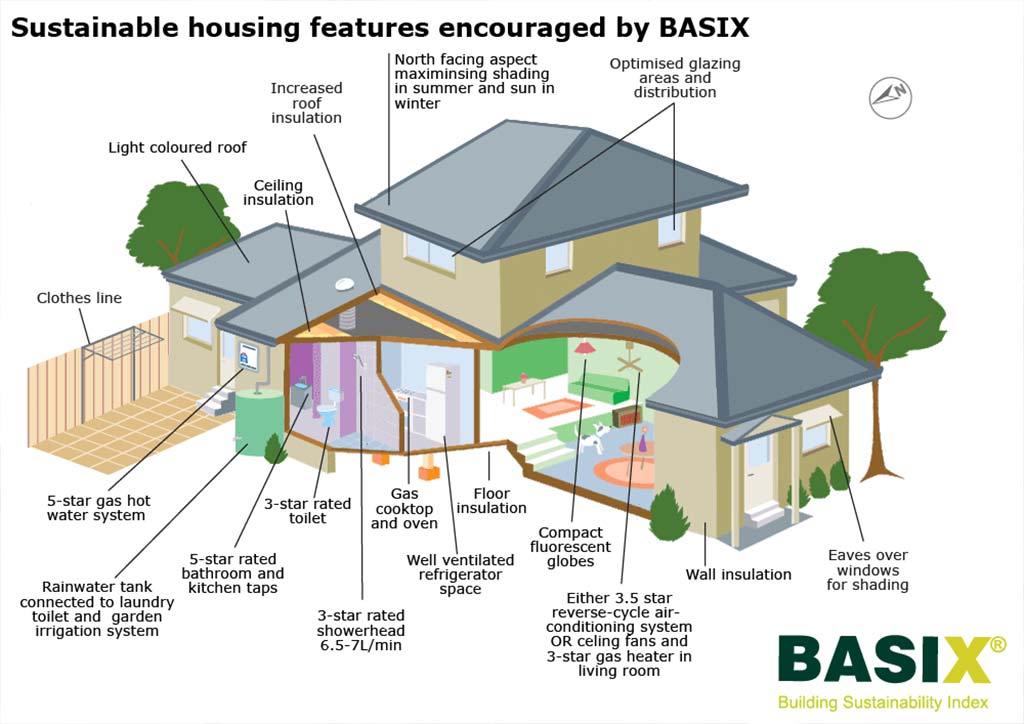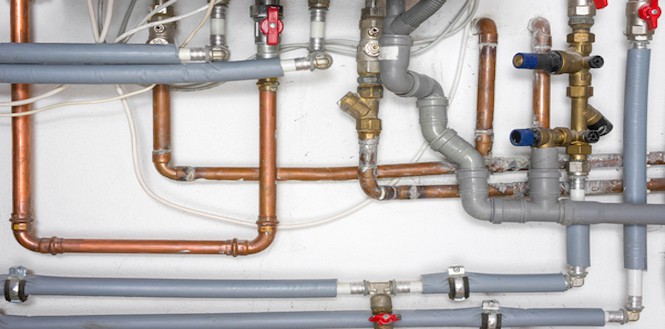How Your Home's Plumbing System Works: Anatomy
How Your Home's Plumbing System Works: Anatomy
Blog Article
We have stumbled upon this article about Understanding Your Home's Plumbing Anatomy directly below on the web and thought it made sense to discuss it with you on this page.

Comprehending just how your home's plumbing system works is crucial for each home owner. From delivering clean water for drinking, cooking, and showering to securely removing wastewater, a well-kept pipes system is crucial for your family members's health and comfort. In this detailed overview, we'll discover the intricate network that comprises your home's pipes and offer suggestions on upkeep, upgrades, and taking care of common issues.
Introduction
Your home's plumbing system is greater than just a network of pipes; it's a complicated system that guarantees you have accessibility to tidy water and efficient wastewater removal. Knowing its components and exactly how they collaborate can aid you protect against costly repairs and make sure every little thing runs efficiently.
Standard Elements of a Pipes System
Pipes and Tubing
At the heart of your plumbing system are the pipes and tubing that carry water throughout your home. These can be made from different materials such as copper, PVC, or PEX, each with its advantages in terms of toughness and cost-effectiveness.
Components: Sinks, Toilets, Showers, and so on.
Components like sinks, commodes, showers, and tubs are where water is utilized in your house. Recognizing just how these components link to the pipes system assists in identifying troubles and intending upgrades.
Valves and Shut-off Factors
Shutoffs control the flow of water in your plumbing system. Shut-off valves are essential during emergency situations or when you need to make repair work, enabling you to isolate parts of the system without interrupting water circulation to the whole residence.
Water Supply System
Main Water Line
The major water line attaches your home to the local supply of water or a private well. It's where water enters your home and is distributed to numerous components.
Water Meter and Pressure Regulator
The water meter actions your water use, while a stress regulatory authority guarantees that water flows at a safe stress throughout your home's plumbing system, avoiding damage to pipes and components.
Cold Water vs. Hot Water Lines
Comprehending the distinction between cold water lines, which supply water directly from the major, and warm water lines, which lug warmed water from the hot water heater, assists in repairing and preparing for upgrades.
Drainage System
Drain Pipes Pipes and Traps
Drain pipelines lug wastewater far from sinks, showers, and toilets to the sewer or septic tank. Catches stop sewer gases from entering your home and also catch debris that can trigger blockages.
Ventilation Pipelines
Ventilation pipelines enable air right into the drain system, preventing suction that could reduce drain and cause catches to empty. Correct ventilation is vital for maintaining the stability of your pipes system.
Value of Proper Drain
Ensuring correct drain prevents backups and water damages. Frequently cleaning drains and keeping traps can protect against expensive repairs and prolong the life of your pipes system.
Water Heating Unit
Sorts Of Water Heaters
Hot water heater can be tankless or conventional tank-style. Tankless heating units warmth water on demand, while storage tanks store heated water for instant use.
Updating Your Pipes System
Reasons for Upgrading
Upgrading to water-efficient components or changing old pipelines can boost water high quality, lower water bills, and raise the value of your home.
Modern Plumbing Technologies and Their Advantages
Discover technologies like wise leakage detectors, water-saving bathrooms, and energy-efficient hot water heater that can save money and reduce environmental impact.
Expense Considerations and ROI
Compute the upfront prices versus lasting financial savings when considering pipes upgrades. Several upgrades pay for themselves with decreased utility bills and less fixings.
Exactly How Water Heaters Attach to the Pipes System
Comprehending how water heaters connect to both the cold water supply and hot water circulation lines assists in detecting concerns like inadequate hot water or leaks.
Maintenance Tips for Water Heaters
Consistently purging your hot water heater to get rid of debris, inspecting the temperature level setups, and checking for leakages can prolong its life expectancy and enhance energy effectiveness.
Typical Plumbing Issues
Leaks and Their Reasons
Leakages can happen as a result of maturing pipelines, loose fittings, or high water pressure. Addressing leakages without delay prevents water damages and mold and mildew development.
Blockages and Blockages
Clogs in drains pipes and commodes are frequently caused by flushing non-flushable things or a build-up of oil and hair. Utilizing drain screens and bearing in mind what goes down your drains pipes can protect against obstructions.
Indicators of Pipes Issues to Expect
Low tide pressure, slow-moving drains, foul odors, or unusually high water costs are indications of possible pipes issues that ought to be addressed without delay.
Pipes Maintenance Tips
Normal Examinations and Checks
Set up yearly plumbing inspections to catch problems early. Try to find indications of leaks, rust, or mineral build-up in taps and showerheads.
Do It Yourself Maintenance Tasks
Easy tasks like cleansing tap aerators, checking for toilet leakages utilizing dye tablets, or shielding revealed pipelines in chilly climates can prevent significant plumbing problems.
When to Call a Professional Plumbing Professional
Know when a plumbing concern needs expert competence. Trying complicated fixings without appropriate expertise can result in even more damages and higher repair service expenses.
Tips for Lowering Water Usage
Straightforward routines like repairing leaks without delay, taking shorter showers, and running complete lots of washing and recipes can save water and lower your energy bills.
Eco-Friendly Pipes Options
Consider sustainable pipes products like bamboo for floor covering, which is durable and green, or recycled glass for counter tops.
Emergency situation Preparedness
Actions to Take Throughout a Plumbing Emergency
Know where your shut-off shutoffs lie and just how to shut off the water in case of a burst pipeline or major leakage.
Significance of Having Emergency Calls Handy
Keep get in touch with details for local plumbing technicians or emergency situation solutions conveniently offered for quick response during a plumbing dilemma.
Environmental Impact and Conservation
Water-Saving Components and Devices
Installing low-flow taps, showerheads, and commodes can significantly minimize water use without giving up efficiency.
Do It Yourself Emergency Fixes (When Appropriate).
Short-lived fixes like using duct tape to spot a dripping pipeline or putting a container under a leaking tap can decrease damage until a professional plumbing technician shows up.
Final thought.
Comprehending the composition of your home's pipes system equips you to preserve it efficiently, saving money and time on repairs. By adhering to routine maintenance routines and staying educated concerning contemporary plumbing technologies, you can guarantee your pipes system operates efficiently for several years ahead.
Exploring Your Homes Plumbing Anatomy
Water Supply System
Main Water Line: This is where water enters your home from the municipal supply or a private well. Water Meter: Typically located near where the main water line enters the property, it measures the amount of water used. Shutoff Valve: It s crucial to know where this is in case of emergencies. It allows you to turn off the water supply to the entire house. Pipes and Fittings: These distribute water throughout your home. Materials can include copper, PVC, or PEX. Drain-Waste-Vent (DWV) System
Drains: Located in sinks, showers, and tubs, these carry wastewater away. Traps: U-shaped pipes under sinks that hold standing water, blocking sewer gases from entering the home. Vents: Pipes that lead from the DWV system to the outside, preventing vacuum formation and allowing gases to escape. Sewer Line: Carries all wastewater from the home to the municipal sewer system or a septic tank. Fixtures and Appliances
Sinks, Toilets, and Showers Dishwashers and Washing Machines Water Heaters Maintenance Tips
Regularly check for leaks in exposed pipes and around fixtures. Inspect the water heater annually for signs of wear. Clean drains and traps to prevent clogs and odors. Know how to shut off water to individual fixtures. When to Call a Professional
Major leaks or burst pipes Installation of new pipes or fixtures Septic tank issues Remodeling projects that involve plumbing changes Conclusion
Understanding the anatomy of your home's plumbing is key to maintaining a functional and efficient system. Regular checks and knowing when to call in the experts can save you time, money, and stress.
https://www.mavyn.com/blog/exploring-your-homes-plumbing-anatomy

Hopefully you enjoyed reading our section on . Thanks so much for spending some time to read through our content. For those who liked our blog posting plz consider to share it. Thank you so much for going through it.
Call Us Now Report this page